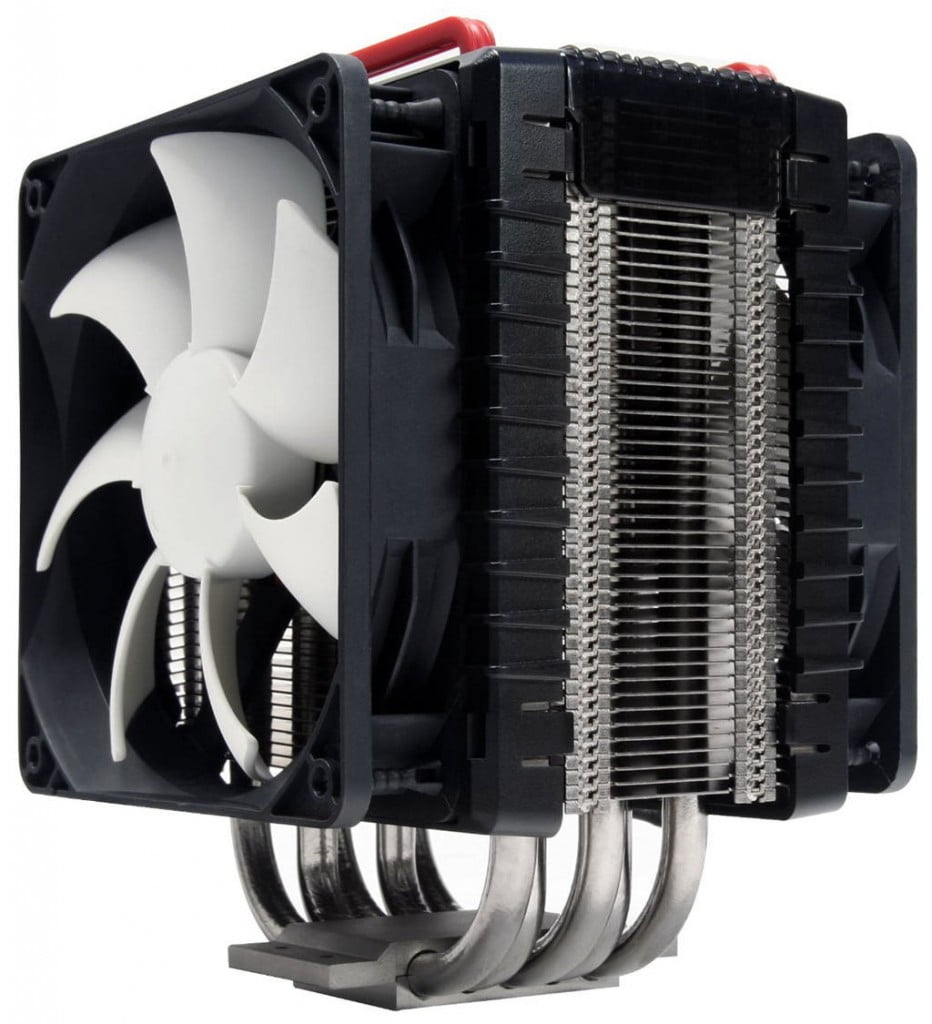 Overheating computers is probably as normal as having a headache or a stomachache on certain days. However, if your computer overheats daily or your computer instantly shuts down when it can’t handle the heat level anymore, then it may be a good time to start checking your computer. Whether it’s a desktop computer or a notebook, PC overheating causes internal hardware burnout when the heat starts to melt the internal components. Worse, your computer may even explode, although I have yet to witness one. Overheating is fatal for a PC as it may result with data loss, should your hard disk is also caught up with overheating. Nevertheless, preventing PC overheating is very important so that you won’t have to deal with missing or lost data in the future.
Overheating computers is probably as normal as having a headache or a stomachache on certain days. However, if your computer overheats daily or your computer instantly shuts down when it can’t handle the heat level anymore, then it may be a good time to start checking your computer. Whether it’s a desktop computer or a notebook, PC overheating causes internal hardware burnout when the heat starts to melt the internal components. Worse, your computer may even explode, although I have yet to witness one. Overheating is fatal for a PC as it may result with data loss, should your hard disk is also caught up with overheating. Nevertheless, preventing PC overheating is very important so that you won’t have to deal with missing or lost data in the future.
Preventing PC overheating also has positive effects on your computer. For notebooks, overheating causes your system to freeze or even crash. I’ve had an overheating problem with my laptop for a good five months, so if I had the knowledge to prevent PC overheating back then, I wouldn’t have to waste my time and money in getting my laptop repaired.

First thing to do would be to check your CPU’s heat level. One way of monitoring your computer’s heat level is to check the BIOS of your computer. For those who are not knowledgeable with computers, BIOS stands for Basic Input/Output System. Whenever your start your system, the BIOS checks whether your computer is working properly or not. Accessing the BIOS is dependent on what kind of system or computer brand you got, so please check your computer’s instruction manuals. With checking the heat levels though, you can access this by booting up the computer thru BIOS mode by pressing the delete key. If you find this too troublesome, you can download software such as HWMonitor and SpeedFan.
If you do notice that your computer overheats, check that the computer fans are actually running. You don’t have to be a computer genius to notice it; if your computer is a desktop computer, simply open the computer case on the side part-way. For computers that are of a different shape, please check the instruction manual for details. You should notice a small wire coming from the computer fan and is connected to your computer’s motherboard. That is how your computer fan gets its power. When you turn on the computer, the computer fan should start running as well. But if it’s not responding at all, then you may have to replace it. The ideal CPU temperature should be at below 50 degrees centigrade while Intel encourages 40 degrees as the maximum temperature for an idle PC and 50 degrees when you’re playing games or any activity that requires a heavy load on your computer. This rule is very important to companies using industrial computers as well.
You can also try cleaning the internal components of dust as well as lowering your CPU’s exposure to other external sources of heat. One advise I can give for CPU cleaning is to use compressed air. This will clean the vent inlets, CPU heat sink, the power supply and the fans efficiently. Please don’t use any liquid type of cleaning agent, as this will cause more harm than good.
Jessica Greenberg is an avid blogger from San Diego, California. During her free time, she loves taking care of her garden or just sit in front of her computer and update her blog.







